Raspberry Pi Pico W Receives Bluetooth Support: Unlocking Wireless Possibilities
Last year, Raspberry Pi introduced the Raspberry Pi Pico W, an affordable wireless variant of their popular Pico development board. Since its launch, the Pico W has gained immense popularity, with over half a million units sold worldwide. These tiny boards have found their way into an impressive array of projects, ranging from DIY Reflow ovens to weather stations with web servers and even handsfree washing up systems. However, there has been one missing piece in the puzzle - Bluetooth support. Fortunately, Raspberry Pi has now addressed this limitation, and the best part is you don't need to do anything to start working with Bluetooth and Bluetooth Low Energy (BLE) in your projects.
Bluetooth Arrives for Raspberry Pi Pico W
The Raspberry Pi Pico W is built around the RP2040 microcontroller and features built-in wireless capabilities. The wireless functionality in the Pico W is provided by the Infineon CYW43439 device, which houses a 2.4 GHz radio capable of supporting both 802.11n Wi-Fi and Bluetooth 5.2. However, when the Pico W was initially launched, only Wi-Fi functionality was enabled in the firmware and host-side software, leaving Bluetooth untapped.
With the release of version 1.5.1 of the C SDK and the latest MicroPython build, Raspberry Pi has unleashed Bluetooth support for the existing Pico W boards. This means that your Pico W can now communicate seamlessly with Bluetooth and BLE devices, opening up a wide range of wireless possibilities. The Infineon CYW43439 device supports Bluetooth Classic and BLE, making it versatile for various applications.
We talk about the full release of the Pico W Bluetooth libraries on this week's Electromaker Show:
Bluetooth ALL The Things! New Pico W Features
The newly introduced Bluetooth support allows Pico W to function as both a Bluetooth Central and Peripheral device. While Bluetooth Classic is fully supported, the current release has a temporary exception for ACL/SCO. However, Raspberry Pi has ensured that users can enable Bluetooth Classic and BLE individually or simultaneously, offering flexibility based on project requirements. Detailed information about supported Bluetooth protocols and profiles can be found on the official Raspberry Pi GitHub page.
New Project Ideas for a Bluetooth Enabled Pico W
With Bluetooth functionality enabled on the Raspberry Pi Pico W, the possibilities for creative projects and applications grow exponentially. Here are just a few ideas to inspire your next Pico W endeavor:
1. IoT Devices: Build smart IoT devices that communicate wirelessly with smartphones or other Bluetooth-enabled devices. Monitor and control your home automation system or create interactive wearable projects.
2. Audio Streaming: Utilize the Pico W's Bluetooth Classic support to stream audio wirelessly to Bluetooth speakers or headphones. Create your own portable music player or develop innovative voice-controlled applications.
3. Sensor Networks: Combine the Pico W's Bluetooth capabilities with its existing GPIO pins to create sensor networks that transmit data wirelessly to a central hub. This is ideal for applications such as environmental monitoring or home security systems.
Raspberry Pi has listened to its community and delivered an exciting update for the Raspberry Pi Pico W. By enabling Bluetooth support through the latest firmware and software releases, it becomes an even more versatile and powerful microcontroller board. Now, users can seamlessly integrate Bluetooth and BLE devices into their projects, unlocking a wide range of wireless applications. So, dust off your existing Pico W board and get ready to embark on new adventures in the world of wireless connectivity with Raspberry Pi!





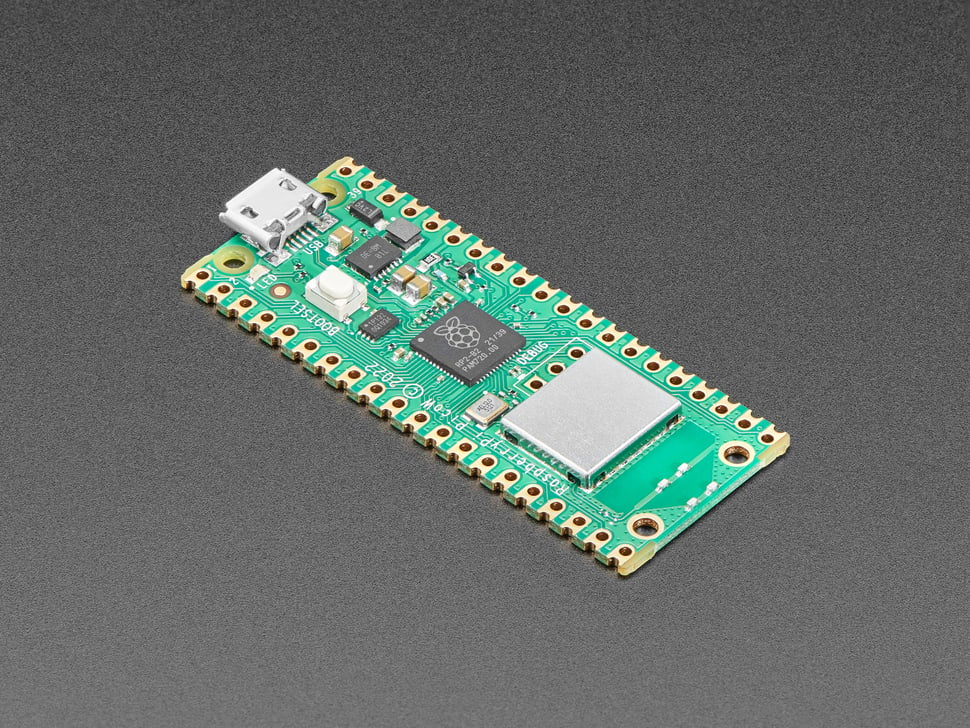

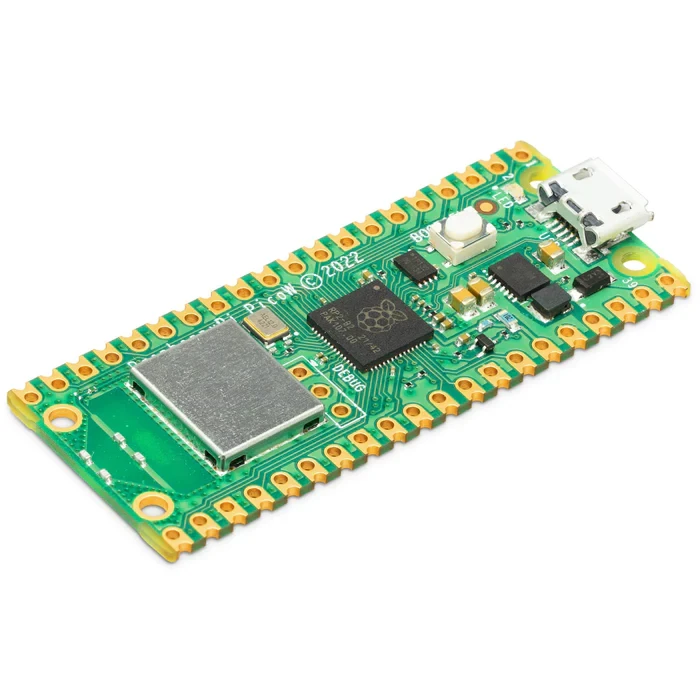


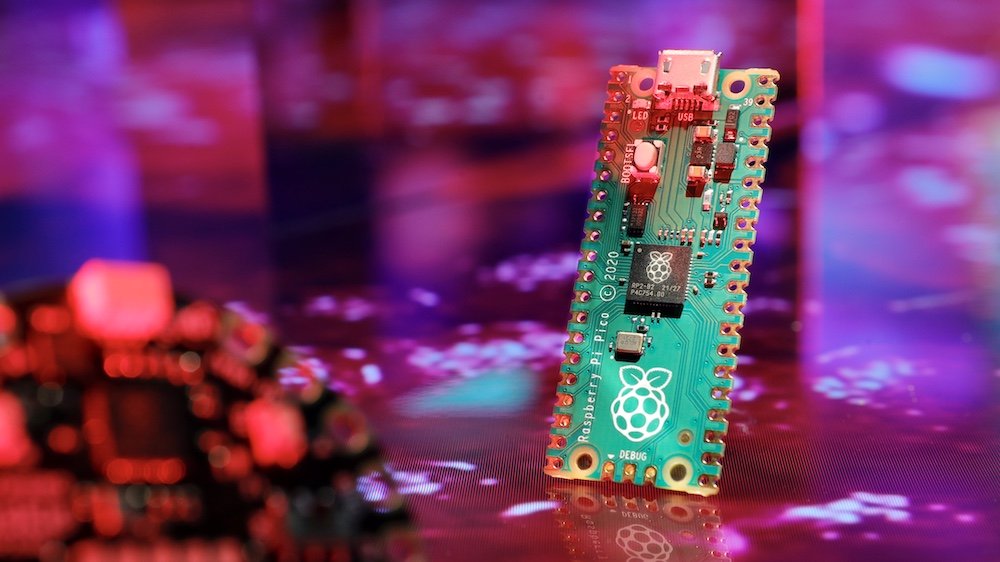

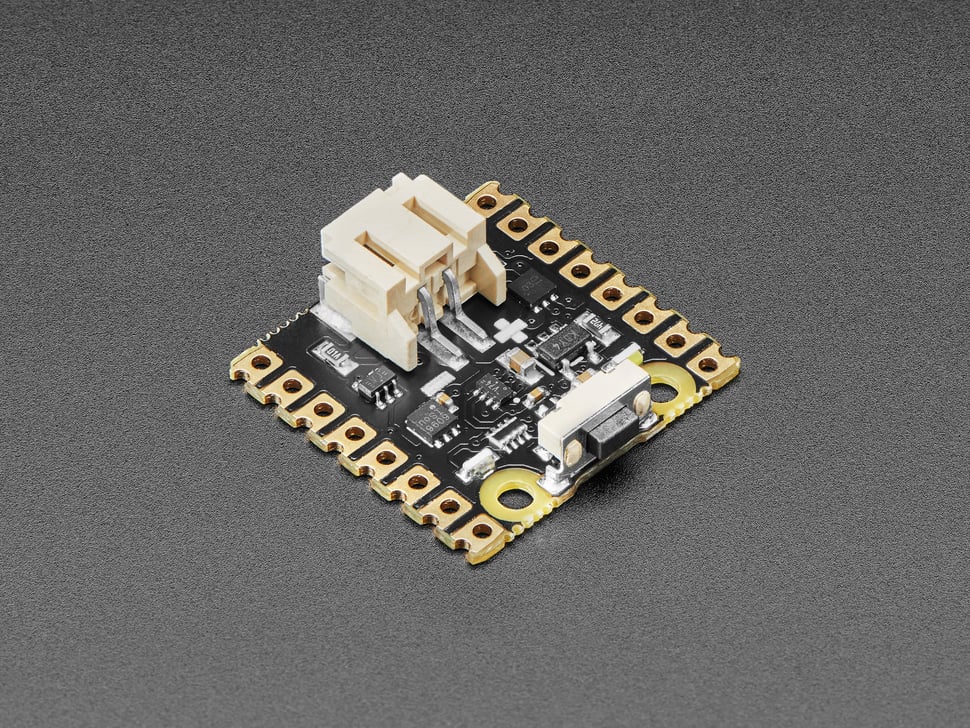
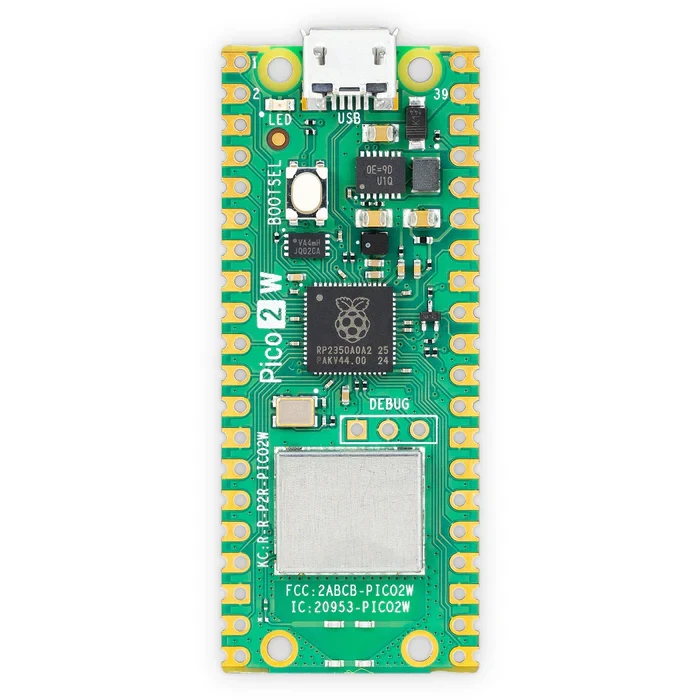
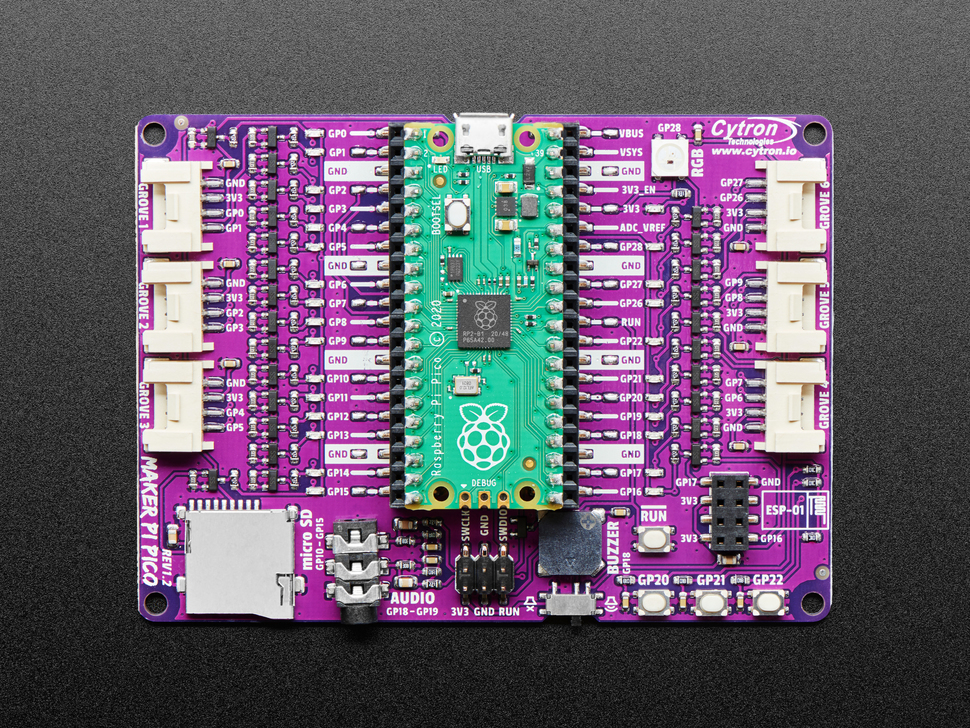
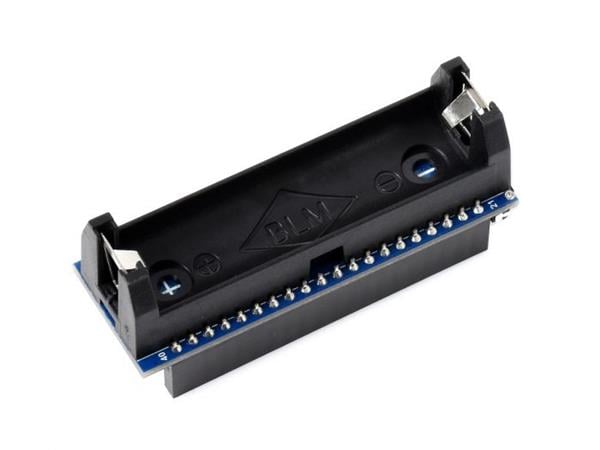

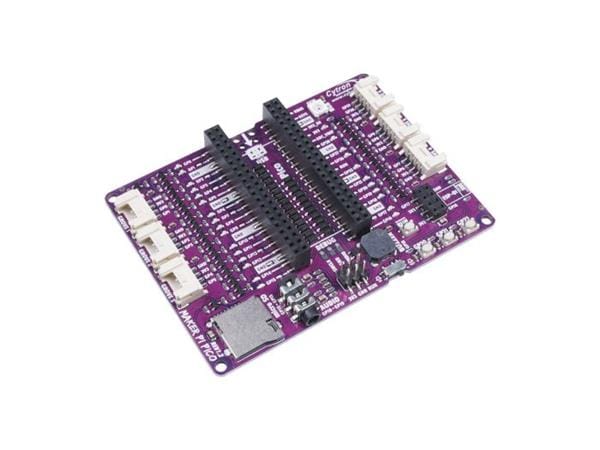
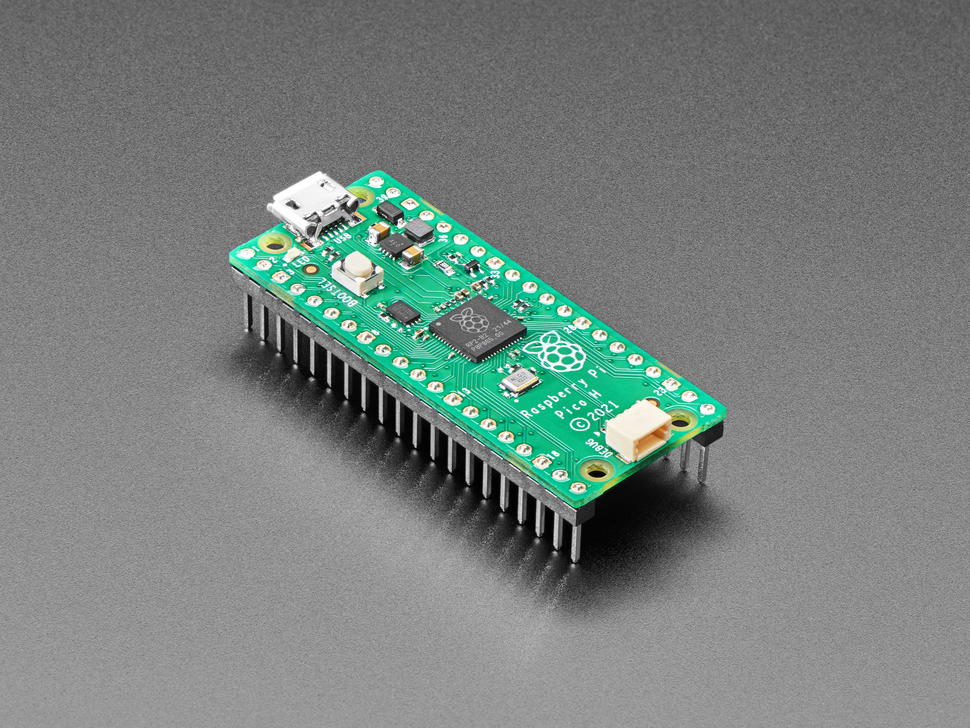
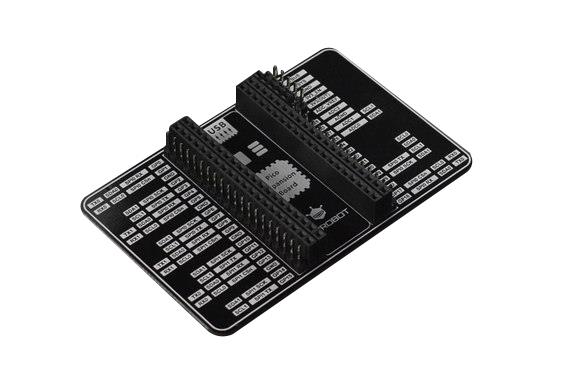
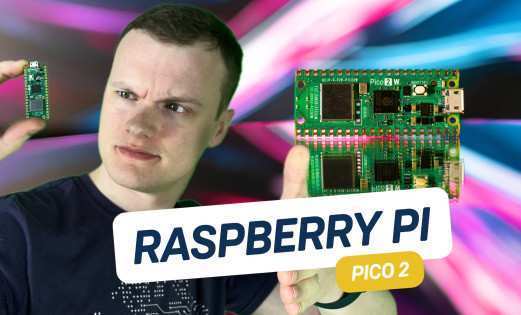
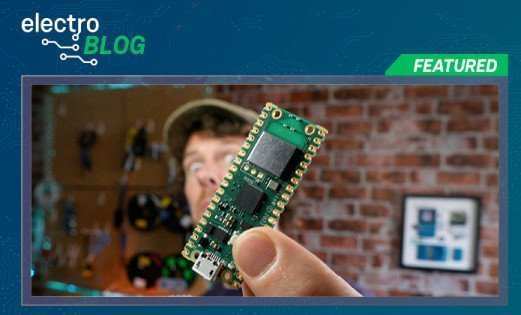

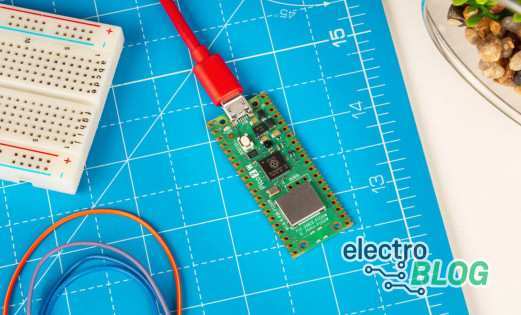

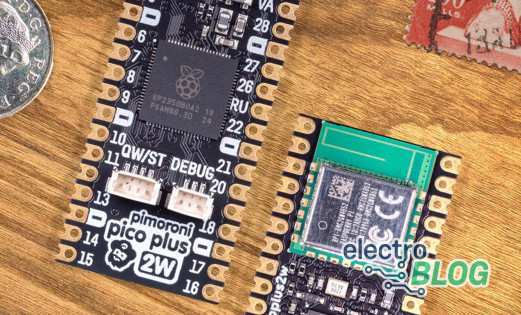
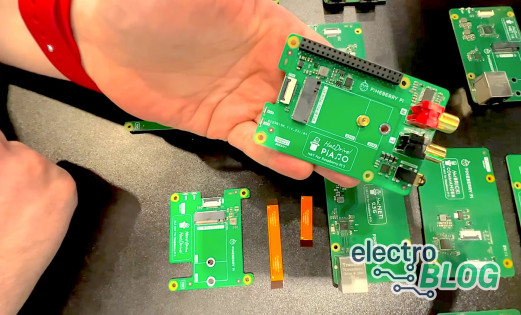
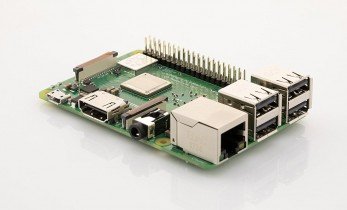

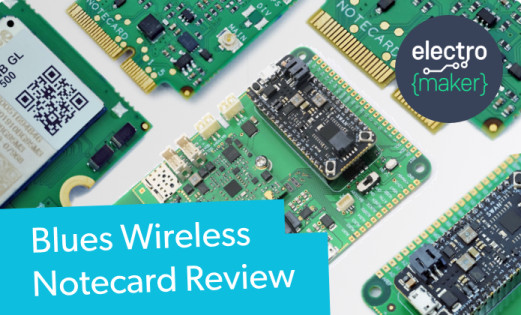
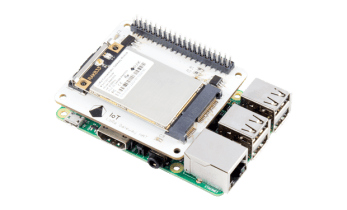
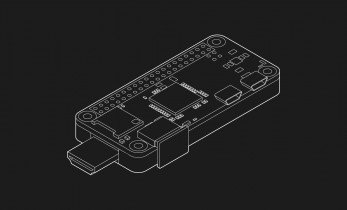
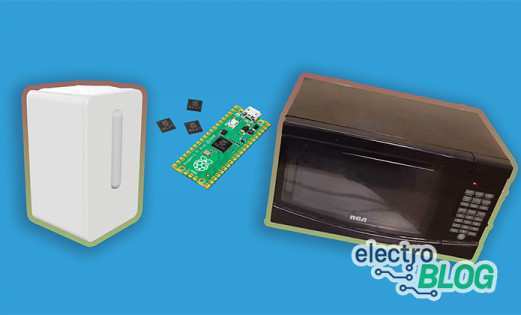


Leave your feedback...